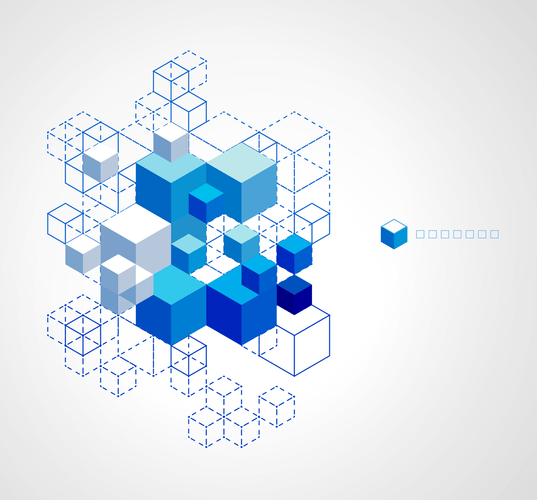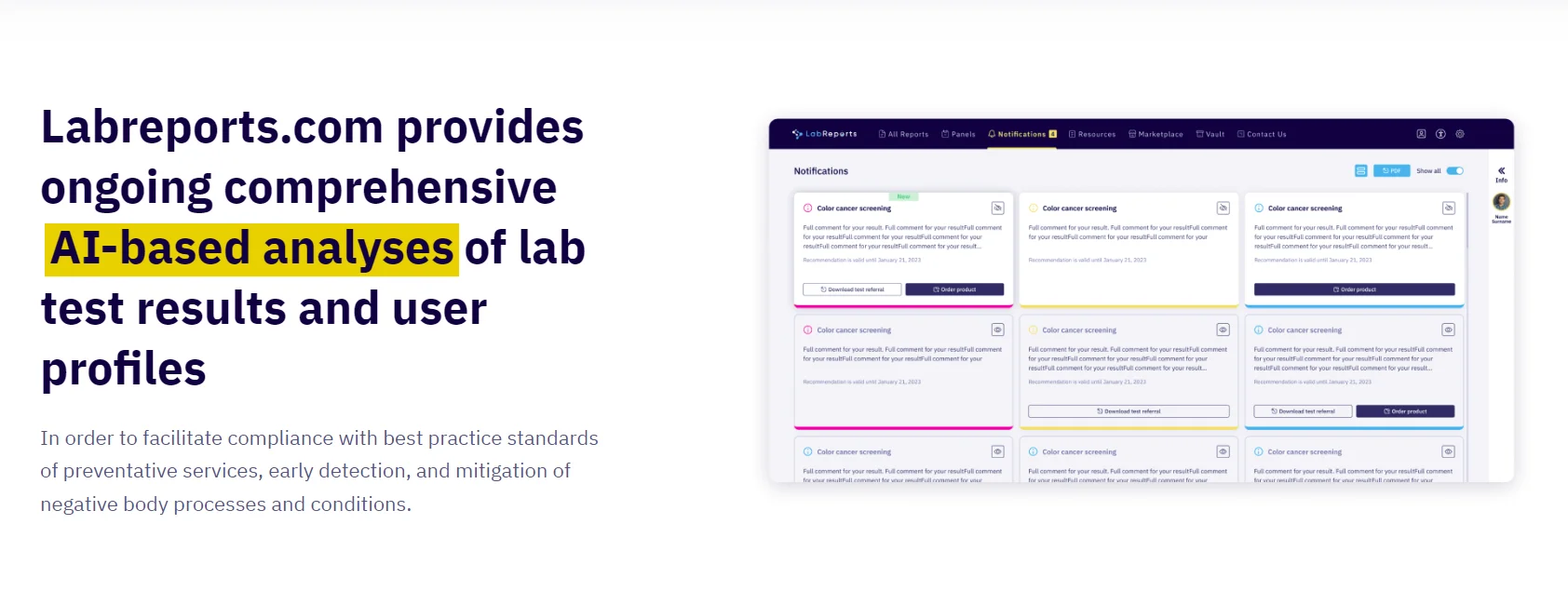Customer relationship management software can help your business collect, record and display customer data and information in a more systematic, productive and methodical way. It can also further analyze these statistics to draw valuable insights which can help your business improve customer relationships and overall consumer engagement. In the world of fast-changing marketing and technology revolution, the most prosperous enterprises show extreme flexibility in their business processes. When a company scales up fast, it is essential to change the business system in a way that embraces the complexity of the external business environment without making it difficult inside. The key functionalities of this module are developed to help businesses make manufacturing more efficient through product planning, materials sourcing, daily production monitoring, and product forecasting.

Thanks to it, companies can launch efficient campaigns, improve their content and provide multichannel support to their clients. For optimization of all the processes, they enjoy great benefits from using CRM. Organizations use CRM for gathering details of their clientele, decrease the time employees spend on routine tasks, grow their businesses. Then, the hosting company loads the applications onto the server the client is renting, and both parties begin working to integrate the client’s processes and data into the platform. Employees can also keep track of all the costs incurred to bring an idea to life.
Understanding Enterprise Resource Planning (ERP)
The invention of the printing press by Johannes Gutenberg in the mid-15th century and the invention of a mechanical calculator by Blaise Pascal in the 17th century are but two examples. These inventions led to a profound revolution in the ability to record, process, disseminate, and reach for information and knowledge. This led, in turn, to even deeper changes in individual lives, business organization, and human governance. This is the reason many ERP platforms start with a set of core modules, which allows for a highly flexible approach to suit unique business requirements.

We analyzed the top players in the space and narrowed it down to scrutinize and rank the top 16 across 25 key metrics. Our ratings consider factors such as transparent pricing, employee self-sufficiency, compatibility with third-party integrations, access to customer support and ratings. The Forbes types of enterprise software Advisor Small Business team is committed to bringing you unbiased rankings and information with full editorial independence. We use product data, strategic methodologies and expert insights to inform all of our content to guide you in making the best decisions for your business journey.
What Are Enterprise Systems?
With the purchase order management features, you’ll know when to purchase raw materials from suppliers and be able to track supply chain delay risks so that everyone is informed. Plus you can use multiple currencies to convert purchase order values automatically. Incorporate AI into your business to gain efficiency, empower your teams with the AI to boost productivity and improve decision quality. Building an ERP from scratch can give you a competitive advantage over organizations that use standard ERP functionality. Such software can be flexibly customized and changed over time to reflect the growing needs of the business.

Also, menial and manual tasks are eliminated, allowing employees to allocate their time to more meaningful work. ERP applications also allow the different departments to communicate and share information more easily with the rest of the company. It collects information about the activity and state of different divisions, making this information available to other parts, where it can be used productively.
What are the most common ERP modules?
SAP Business One is a customizable ERP solution that has been a long-time favorite
of smaller firms and subsidiaries of large enterprises. Available in the cloud, this small business ERP software offers an affordable way to manage your entire business – from accounting to HR. SAP has over 40 years of enterprise resource planning experience across industries and business sizes. We use the latest technologies to build future-proof cloud ERP tools, delivered via automatic updates. The supply chain is the entire production flow that consists of a number of actions performed by an organization to convert raw materials into finished products and services.

With this centralized platform, employees can create new designs or sketches, and post them for team members to review and annotate. With EAM software, you can stay up-to-date on scheduled maintenance activities, meet compliance requirements and more. Collect and analyze data to measure business performance and identify areas for growth. With its offensive weapons and defensive systems, Israel retains an overwhelming military superiority over neighboring Palestinians.
What are the different types of ERP systems?
Once it’s implemented, managers can easily track every dollar that comes into and goes out of an enterprise. The installation and maintenance of the hardware and software is your staff’s responsibility. ERP systems also support industry-specific requirements, either as part of the system’s core functionality or through application extensions that seamlessly integrate with the suite. In such cases, the software may need to be customized to satisfy the requirements of the organizations.
- In software systems and technology preferences, it’s important for companies to choose the correct software depending on the requirements of the niche they are working in, such as user satisfaction and business success.
- Such software can be flexibly customized and changed over time to reflect the growing needs of the business.
- This is exactly why HR automation is one of the quickest growing markets in the IT field.
- We have teams of experts working on the management of data protection and security threats.
- An ERP software system can also integrate planning, purchasing inventory, sales, marketing, finance, human resources, and more.
- Put simply, this is the software that enables your core business functions, encompassing a range of user roles.
There are various kinds of enterprise applications that make sure the operational flow is stable and eases out the management of assets for you. It seems to reason that there would be a wide range of types of enterprise systems, given the vast number of distinct businesses, governments, and educational establishments in existence. It is certain, however, that all such programs improve business productivity to the fullest extent possible.
Best for Manufacturing
As the release contributors from 80 different countries have submitted around 1000 manuscripts which increased the bottom line of the company. One of the biggest companies in Europe used around 12 years old HRM system that was built by the company. People had to search a lot of sites of job applicants manually and update their profiles. The IT staff constantly argued with the HR manager to improve the functionality which they couldn’t implement. The SCM is the whole production flow that contains a lot of actions that an organization performs to convert the raw materials into a final product or service.
Capture all your data in an integrated enterprise resource planning (ERP) system for small businesses and midsize companies with solutions from SAP. Each type of enterprise software solution focuses on specific goals and offers different functionalities. When deciding on which type of information system to choose, make sure it complies with strategic planning and major goals of your business.
Resources for AWS
Plus, you can connect sales with other business functions by linking orders to jobs, shipping and invoicing automatically and connecting sales numbers across multiple locations and departments. Provide your customers with the latest and greatest platforms and products, target new markets, increase market share and revenue streams. Streamlines and automates business processes, reducing manual efforts and minimizing errors. It provides automation, tracking, and quotes analysis, along with invoice management, contracts, and billing. The SCM system includes such modules as procurement (or purchasing), inventory management, warehousing (WMS), and transportation (TMS).
The Zacks Analyst Blog Highlights Cadence Design Systems … – Nasdaq
The Zacks Analyst Blog Highlights Cadence Design Systems ….
Posted: Tue, 24 Oct 2023 05:51:00 GMT [source]




